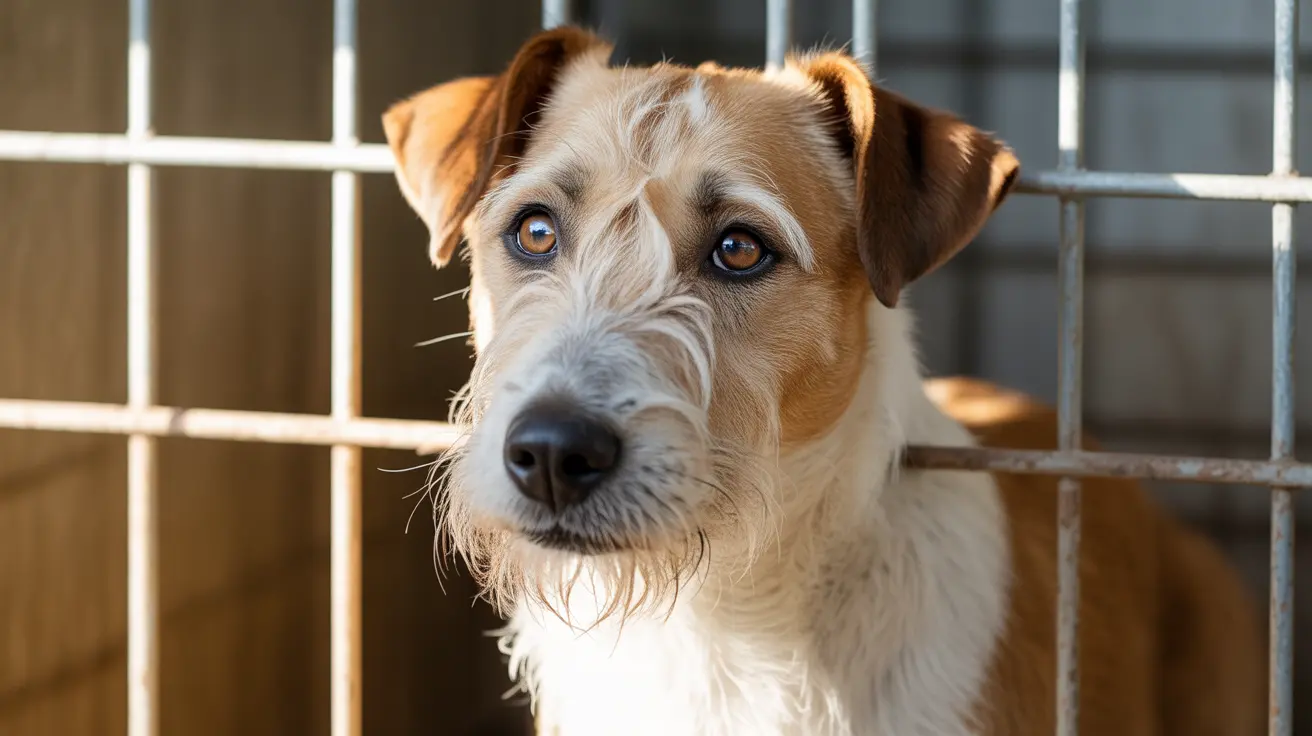Why Do Dogs Get Into Cat Litter? Understanding and Preventing This Behavior
If you're a pet owner sharing your home with both dogs and cats, you've likely encountered the issue of dogs raiding the litter box. Many dog owners are baffled or disgusted when their canine companions develop this unsavory habit. But why do dogs get into cat litter, and how can you stop it? Let's explore the reasons behind this behavior and the most effective solutions.
Why Dogs Are Attracted to Cat Litter
Dogs are natural scavengers. Their sense of smell is far more developed than ours, and what smells awful to us may be tantalizing to them. Cat litter, especially soiled litter, can seem like a treasure trove of edible delight to a dog.
Reasons dogs are attracted to litter boxes include:
- Scavenging behavior: Dogs often eat feces (coprophagia), a behavior that stems from their wild ancestors.
- Protein content: Cat diets are higher in protein, making their feces more appealing to dogs.
- Curiosity: Dogs are naturally curious and may explore areas frequently visited by cats.
- Boredom or stress: Dogs left alone may raid the litter box to alleviate anxiety or boredom.
Health Risks for Dogs
Although common, eating cat litter and feces is not safe for dogs. The risks include:
- Parasites: Cat feces can contain harmful organisms like toxoplasma, roundworms, or hookworms.
- Bacterial infections: Ingesting feces may expose dogs to bacteria such as salmonella.
- Gastrointestinal issues: Vomiting, diarrhea, and constipation can result from litter ingestion.
- Blockages: Clumping litter can cause dangerous blockages in the digestive tract.
- Allergic reactions: Some dogs may respond negatively to chemicals in the litter.
Watch for symptoms such as vomiting, lethargy, lack of appetite, bad breath, and changes in bowel habits if you suspect your dog has gotten into the litter.
How to Prevent Dogs from Accessing Cat Litter
Fortunately, there are several strategies to stop dogs from turning litter boxes into snack bars:
1. Physical Barriers
- Separate room placement: Place the litter box in a different room and use a baby gate or a door latch to keep dogs out.
- Cat-specific doors: Install a microchip-activated pet door or a manually-sized cat door to restrict access.
- Elevated locations: Position the litter box on a shelf, table, or closet to make it inaccessible to dogs.
2. Enclosed or DIY Litter Box Systems
An effective homemade solution consists of using two nested storage crates:
- Use a 30-gallon and an 18-gallon crate, with the smaller one placed inside.
- Cut entry doors in sizes suitable only for your cat (e.g., 5.5” x 8.5”).
- Install a “foyer” area to block dog access to the inner litter box.
- Place a mat inside to catch litter and secure components with removable screws for easy cleaning.
This setup not only bars dogs from entry but also accommodates large cats and reduces litter tracking.
3. Commercial Solutions
- Litter box furniture: Disguised boxes or cabinets with limited entry points that dogs can’t navigate.
- Covered boxes: Enclosed boxes can deter dogs, though some cats may reject them.
4. Dog Training Techniques
- Teach commands like “leave it” using treats and positive reinforcement.
- Never punish your dog—redirecting behavior is more effective than negative discipline.
Note: Training alone may not always be successful when the dog is unsupervised.
Considerations for Your Cat
While keeping dogs out is important, your cat's comfort cannot be overlooked:
- Box preference: Most cats prefer open, private areas with multiple escape routes.
- Mobility: Older or disabled cats may struggle with elevated or enclosed setups.
- Gradual changes: Introduce new litter box locations or enclosures slowly to reduce stress.
Conclusion
Dogs get into cat litter primarily due to their scavenging instincts and the appealing scent of cat feces. While it may seem harmless, the risks to your dog’s health are significant. Whether through physical barriers, creative DIY systems, or training, keeping your dog out of the litter box is vital for the safety and comfort of both pets. Always tailor solutions to the specific needs of your cat and dog for a harmonious multi-pet household.





